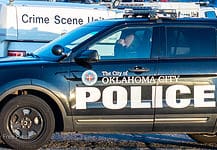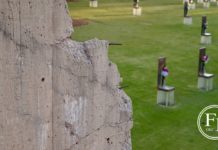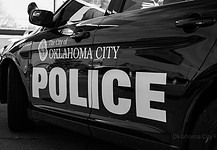Last Updated on February 29, 2024, 1:46 PM | Published: February 29, 2024
The Association of Central Oklahoma Governments (ACOG) and the City of Oklahoma City hosted the Regional Safety Summit Wednesday, bringing together community leaders, elected officials, and stakeholders to discuss transportation safety in Central Oklahoma. The summit aimed to explore strategies involving policy, education, and infrastructure to reduce crashes and fatalities in the region.
The summit, held at the Ronald J. Norick Downtown Library, began with an opening presentation explaining efforts to improve transportation and featured breakout sessions and a panel discussion about the importance of community feedback and more.
Regional Safety Action Plan and Vision Zero
The summit marked the beginning of an effort between ACOG and the City of Oklahoma City to address road safety in Central Oklahoma. Both entities are developing Safety Action Plans that emphasize education and proven measures to create a safer, more equitable system and will include a strategy to reduce or eliminate roadway fatalities and serious injuries. ACOG’s Regional Safety Action Plan (RSAP) for Central Oklahoma addresses rising traffic crash concerns, while Oklahoma City’s Vision Zero Action Plan aims to eliminate traffic fatalities by designing safer transportation systems.
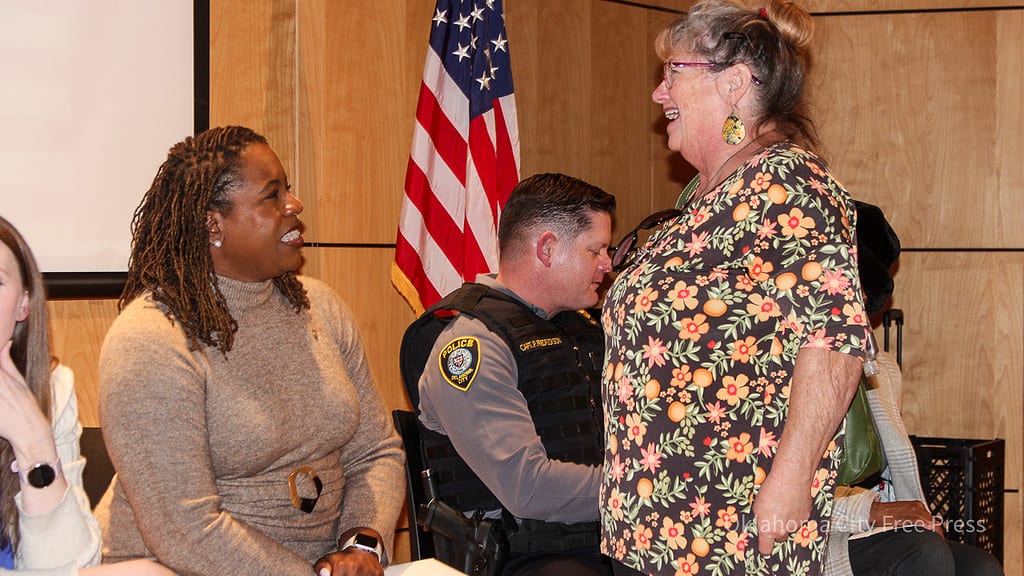
The Association of Central Oklahoma Governments (ACOG) improves transportation in Greater Oklahoma City by collaborating with local governments, managing grants, and focusing on mobility, congestion reduction, bicycle and pedestrian improvements, and resident well-being. ACOG’s RSAP is a collaborative and comprehensive effort involving regional partners and stakeholders.
The goal is to prioritize areas for safety improvement and provide a long-term roadmap for maintaining and enhancing roadway safety. The RSAP is based on nationwide initiatives but also addresses the unique needs of the region, assessing economic and societal consequences of insufficient road safety.
The Oklahoma City Council voted to implement Vision Zero in 2023. This plan, similar to the RSAP, includes developing a comprehensive safety action plan focused on reducing fatalities, especially among pedestrians. Some initiatives may include additional street lighting, reflective striping, and improved signage. Vision Zero begins with targeting specific dangerous areas followed by the implementation of systemic changes.
The necessity for such plans stems from recent statistics and trends.
Central Oklahoma, like much of the United States, has seen a surge in traffic crashes, injuries, and fatalities. From 2020 to 2021, the region experienced a 21% increase in crashes, totaling 21,146 incidents. During the summit, speakers discussed key contributing factors to crashes in Central Oklahoma, such as failure to yield, following too closely, and driver inattentiveness.
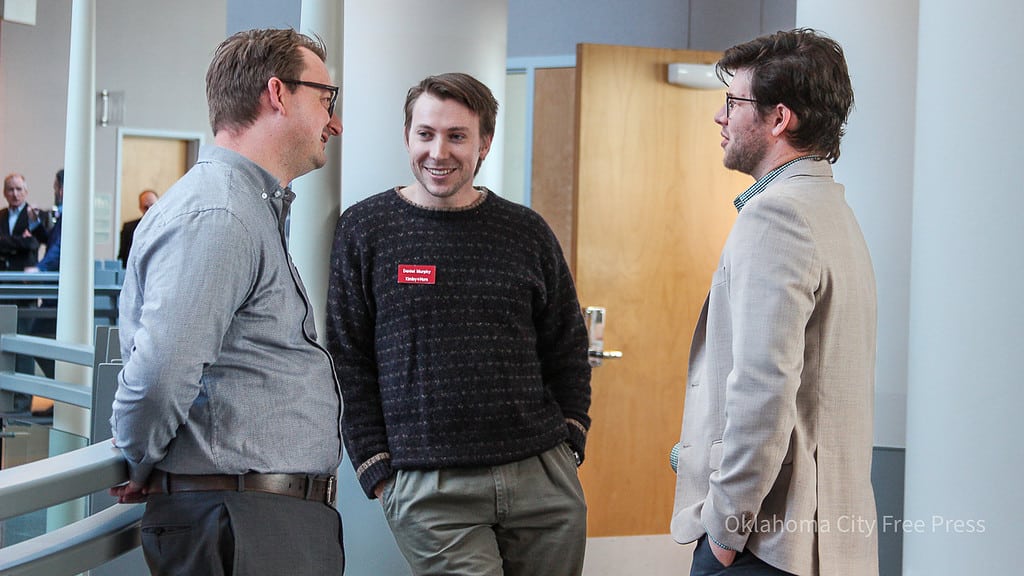
Safe Streets and Roads for All Program
ACOG and the City secured federal grant funding through the Safe Streets and Roads for All (SS4A) program, a key initiative under the Bipartisan Infrastructure Law (BIL) aimed at enhancing road safety. The US Department of Transportation leads this bipartisan effort, providing grants to local, regional, and Tribal projects with the goal of preventing accidents.
The SS4A program, with a budget of $5 billion over five years (2022-2026), aims to reduce roadway fatalities and serious injuries. Since its start, it has allocated $1.7 billion in federal funding to over 1,000 communities improving roadway safety planning for about 70% of the nation’s population.
Monica Powell, a transportation planner at Kimley-Horn and Associates, highlighted the importance of funding for upcoming initiatives. While research grant funding has been secured, the focus is now on securing funds for construction. To be eligible for implementation planning, applicants must have a safety action plan that meets specific criteria, a key objective of the summit.
“We’re really excited that both the city and the region are taking advantage of this funding opportunity to be able to build onto this success, increase awareness and education, and continue the efforts already made,” Powell said as a part of her presentation at the Summit.

Geoff Butler, the Planning Director of Oklahoma City, and John Sharp, the Deputy Director of ACOG, highlighted the collaboration among various government levels for this project. Federal funding, and state representatives, state agencies, a regional agency, and the City are all involved.
“The funding available from the federal government will allow us to stretch our local dollars and dollars we may not have in this area to be able to do some improvements without using local funds, which will be helpful,” Sharp said.
Summit provides discussion, idea-sharing between agencies
During the summit, attendees were provided with an overview of the Safety Action Plan and ongoing initiatives. Following this were breakout sessions exploring the Regional/Citywide State of Safety and a panel discussion.
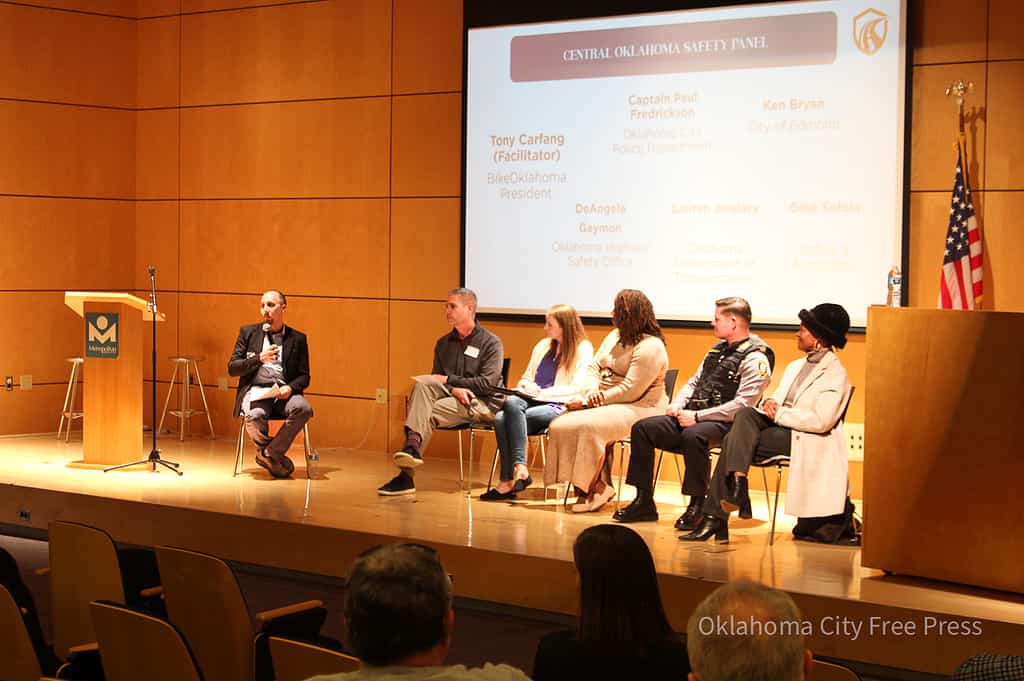
Discussions covered various aspects of safety planning, including the need to address concerns for all road users, not just drivers. Attendees highlighted key safety issues like speeding, dangerous intersections, and impaired driving, emphasizing the importance of a comprehensive approach to road safety.
Sharp noted the event’s success in fostering conversations about road safety.
“I think we’re really pleased that we have such a good group of people here today, and we’re pleased at the number of elected officials and state officials that have come to this to hear the discussions that are going on and join in with the discussions,” Sharp said.
Sharp stressed the importance of education for drivers, cyclists, pedestrians, and all road users, along with the need for easily-understood traffic laws and signage. He also emphasized the crucial takeaway of staying focused and avoiding distractions while driving.
“We all have responsibility, and we all have to share that responsibility,” Sharp said. “Something that comes out of this messaging is that we all need to pay attention.”
Butler said the event was an exciting opportunity to share some of the things that they’ve learned over the past years, and discuss new data along with new ways to assess safety.
“We’re excited about it because we feel like we’re at a good point in time now to be able to look back a little bit, learn from best practices, implement those with funding services that are available so that we can make the city safer and the region safer,” Butler said.
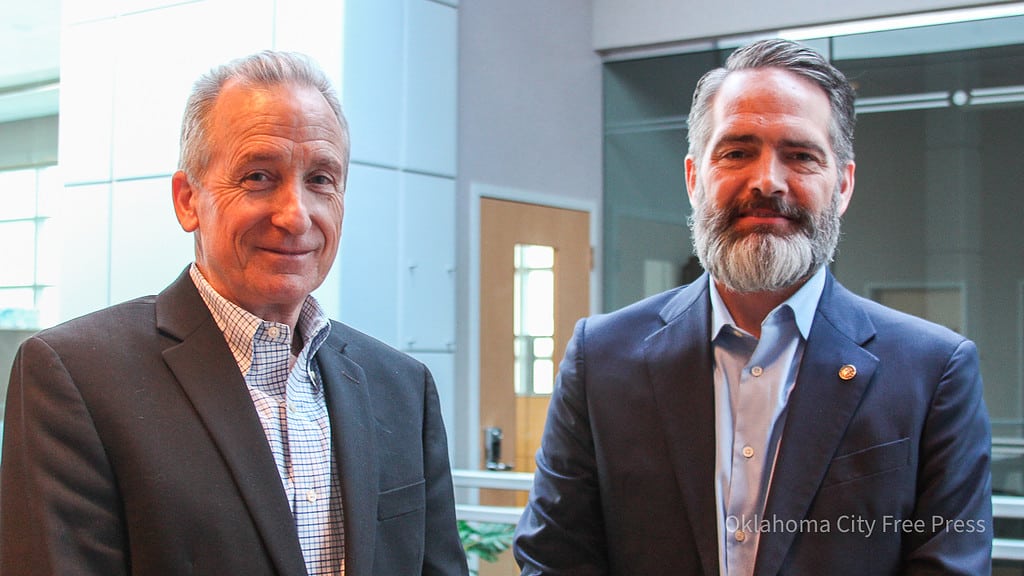
Butler discussed a range of strategies to improve traffic safety, from educating drivers to redesigning intersections. He stressed that in today’s world, everyone is prone to distractions. However, the goal of these initiatives is to reduce the severity of such mistakes.
“People just make mistakes, try as we might,” Butler said. “And so what can we do in the way we design our infrastructure so that if a mistake happens, it’s not going to be deadly and going to have less of an impact.”
One effective approach is the use of roundabouts, which streamline intersection navigation, improving both safety and air quality.
Another successful strategy, already in place in numerous areas, is the introduction of bike lanes. Many cities in the metro have adopted this infrastructure to improve cyclist visibility and driver caution.
“All of these things we’re adding into our toolkit, and we’re making progress,” Butler said. “I think we’re going to see even more progress as time goes on and as we keep being consistent. It will involve people learning how to do things a little differently, and that can be frustrating, but it’s worth it for the sake of safety.”
The Regional Safety Summit marked a significant milestone in the ongoing efforts to enhance transportation safety on a regional scale. Through collaboration between the city, regional agencies, and the federal government, this plan has been developed to allocate funding for improvements, identify high-risk areas, and potentially create a regional “toolkit” for streamlined efforts.
While the specific outcomes remain uncertain, the plan’s overarching goal is to improve safety across the region. The summit underscored the importance of collaboration and highlighted key areas for safety enhancements, marking a positive step forward in the implementation of these safety plans.
Zoe Travers has spent her career covering local musicians, artists, politicians, and everyday folks. She is also Oklahoma City’s most enthusiastic connoisseur of cheese danishes.






